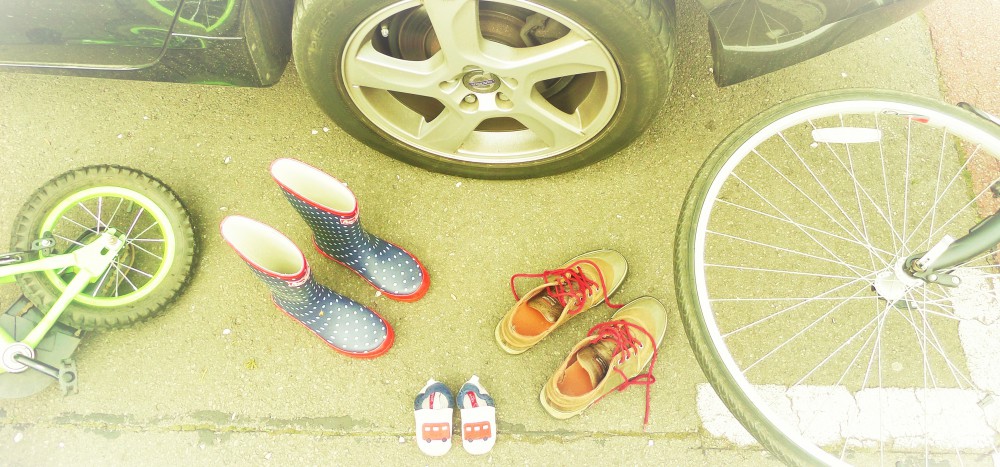The neighbourhood where we live is full of trees, but not necessarily leafy. This is particularly true now, when the deciduous trees are skeletal silhouettes, no matter the time of day or position of the sun. But even in summer, there are too many pines and other conifers – the neighbourhood is needle-y. And yet the trees are towering and majestic. They were here before most of the houses, before most of the streets, pavements and other signs of human habitation.
The fallen leaves, needles, nuts, and cones from so many trees have created a mushy, muddy detritus along the edge of pavements and gutters, built up over months. It is messy, but not smelly in the cold, damp air. Along with bumps and cracks in the pavement where tree roots have pushed upwards, and puddles where rain has pooled downwards, the slick surface of compressed and decomposing natural materials narrows the available space and makes an additional hazard during daily lockdown walks.
Our neighbourhood is not in a city, but it is in the densely populated southeast of England. There are never urban crowds, but we are rarely alone on a stretch of street for long. There are other households with children, some young, some older. Teenagers are usually absent from their family unit. There are joggers and dog-walkers. There are pairs of women, taking advantage of being able to see one other person outside the house, and there are pairs of elderly residents, occasionally masked, usually walking very slowly, sometimes holding hands.
Were so many out walking so regularly in the neighbourhood at all times of day in January 2019? Did they walk at different times of day or not at all? Is this only a lockdown practice, and is there any observable routine?
Whether or not the when and where of pedestrian practice has changed, the how has definitely become ritualistically different. On quiet residential streets, some cross to the other side of the road when they see someone coming towards them. Some wait until the two households are almost upon one another and then string out into a single file, or step into the muddy grass of a verge. Some go onto the road. Joggers usually do. People with children or dogs usually don’t.
But going onto the road is risky for anyone if there is traffic, which there often is on the busier streets. Passing cars are still a threat, even if the roads are less busy than they were a year ago. Traffic is also loud, drowning out the birdsong – or at least the bird squawking and twittering that is the more common audio accompaniment on the side streets.
Thus on the busier roads giving space can mean stopping entirely when width allows, such as at a driveway or dropped kerb. Stopping and waiting until the oncoming household has passed or to cross the road to continue is unattractive, causing a new type of negotiation in body language and facial expression.
Pedestrians who forge ahead without making eye contact expect you to stop. Those who smile and slow down to reach a conveniently wide place are readying themselves to pause purposefully. Some hesitate, creating more obstacle and delay. Some have buggies or wheeled trolleys and take up more space, or struggle to divert without a dropped kerb. Sometimes pedestrians hurry past each other, too close, but reducing risk through speed, heads turned sideways, a muttered ‘sorry’ over their shoulders.
These new ways of negotiating pedestrian space in a residential neighbourhood engender new types of interactions and connecting or disconnecting. There are new norms around good or bad manners – for example, saying ‘thank you’ where someone has stopped or taken the less attractive path, on the road or in the mud.
There is also new recognition between those who might normally be elsewhere during the working day. Does this create new communities of neighbours who might otherwise never meet? Does it integrate population subgroups, such as elderly residents, families with young children, or dog walkers, exposing them to the diversity of life stages and situations around them? Will any new experiences of neighbourhood and community be retained as people return to other routines of work, school, and socialising?
It’s a question of continued observation… my attempt at an ethnographic approach!
